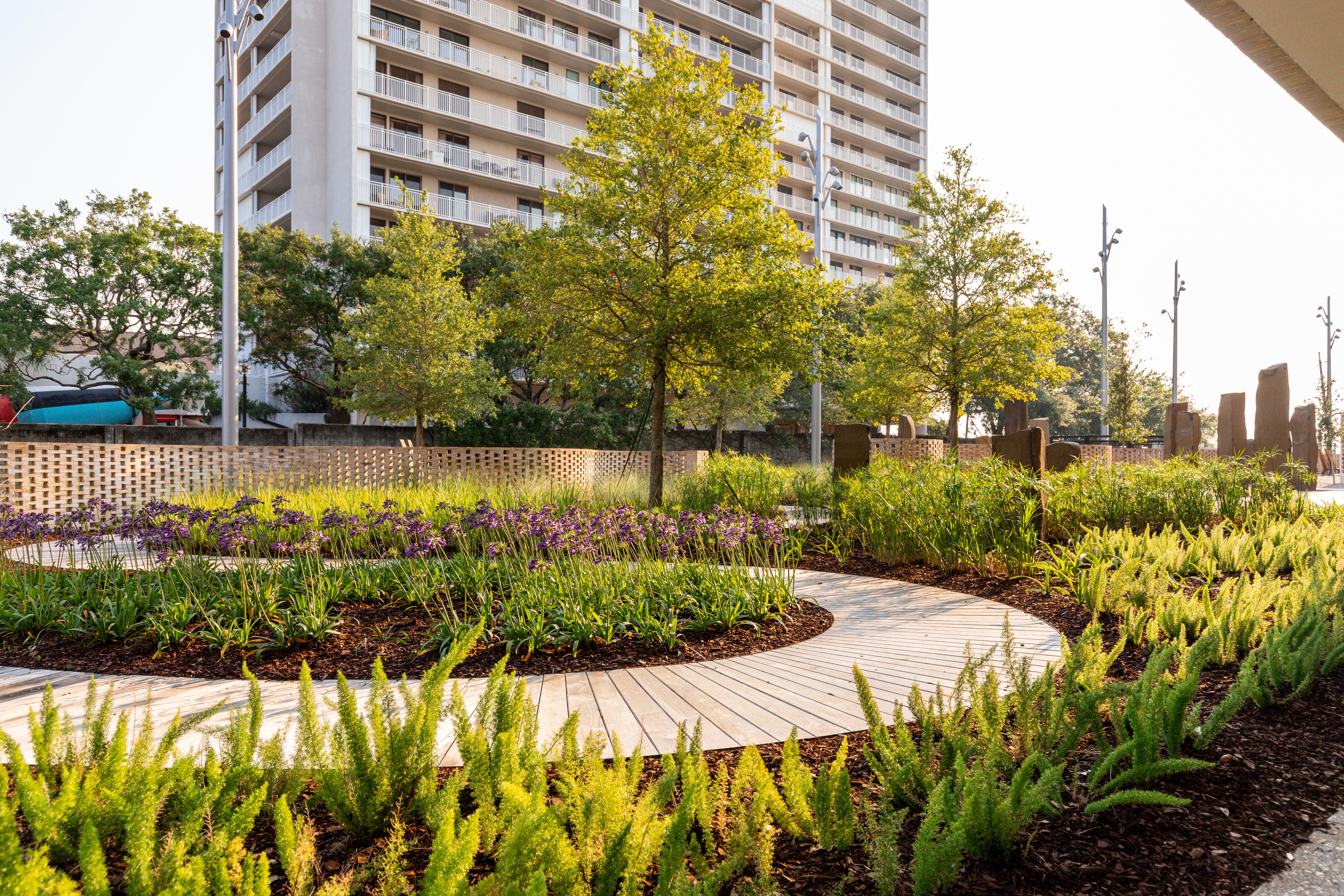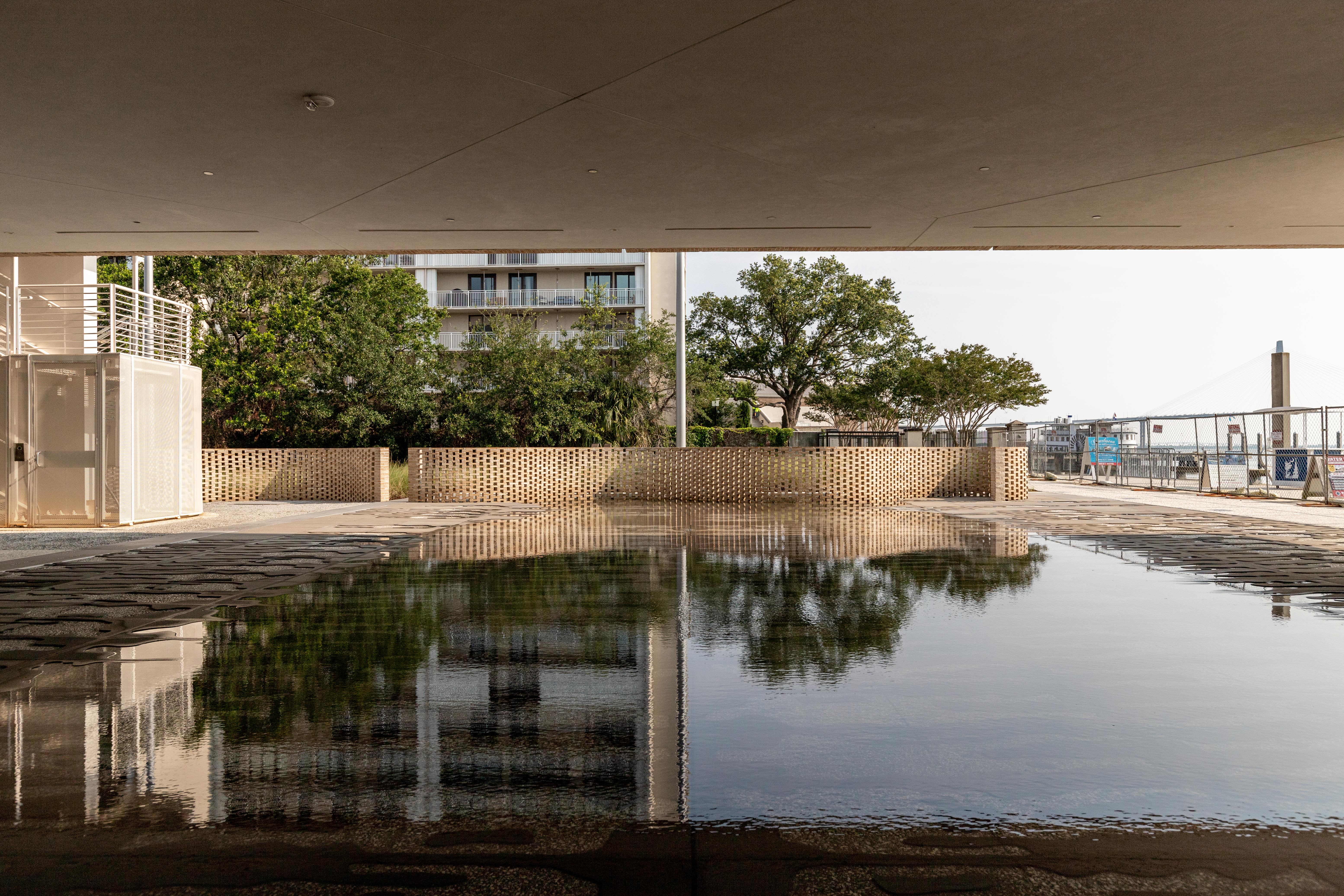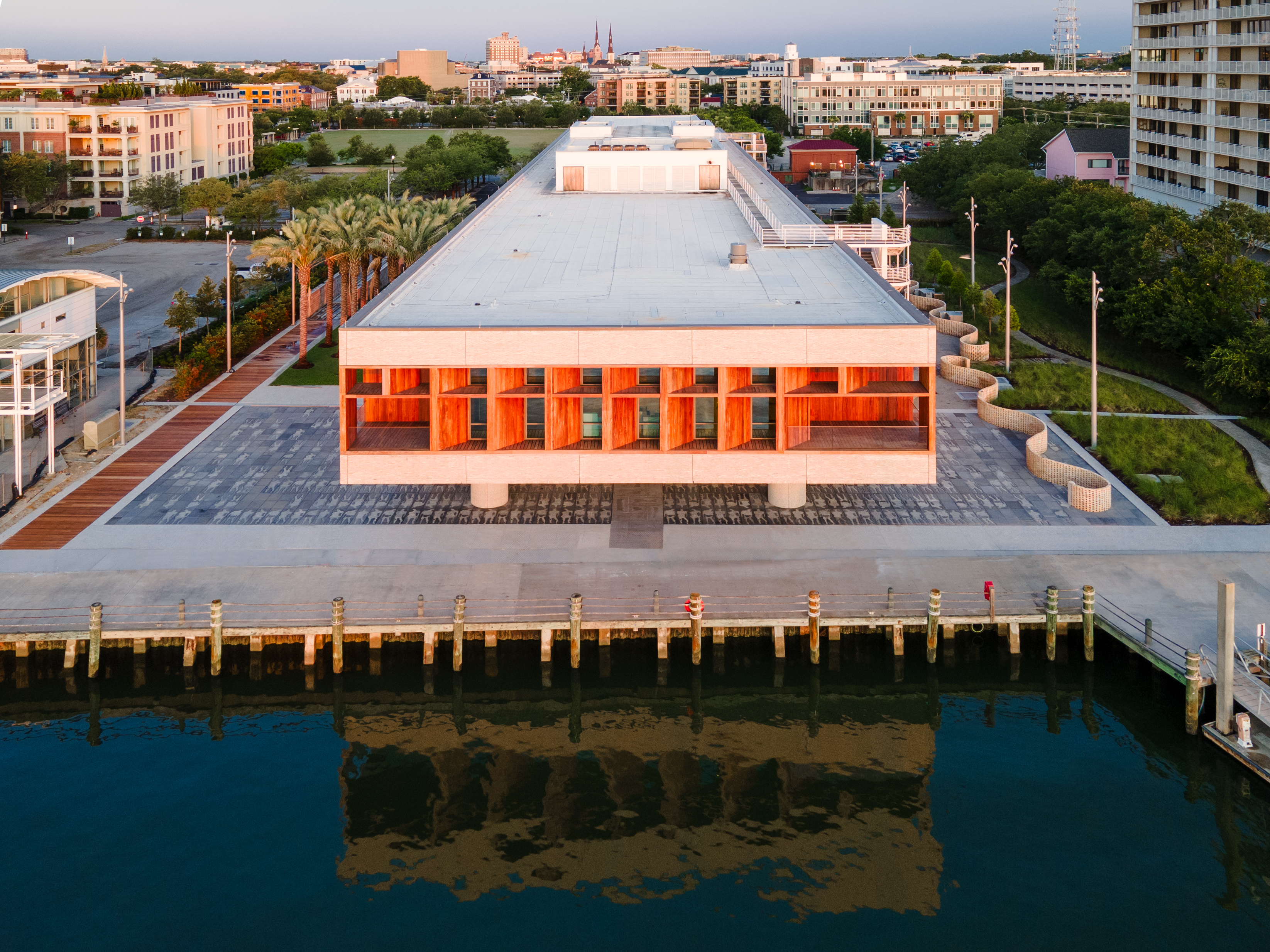
After more than two decades in the making, the International African American Museum (IAAM) is about to open its doors to the public. Located in Charleston, South Carolina, the new American institution is fully dedicated to telling the stories of enslaved Africans brought to North America in the 18th and 19th centuries and celebrating their and their descendants' lives and contributions. The much-anticipated opening is highlighted further by a striking design created by a team comprising architects Pei Cobb Freed & Partners and Moody Nolan, landscape designers Hood Design Studio, and exhibition designers Ralph Appelbaum Associates.
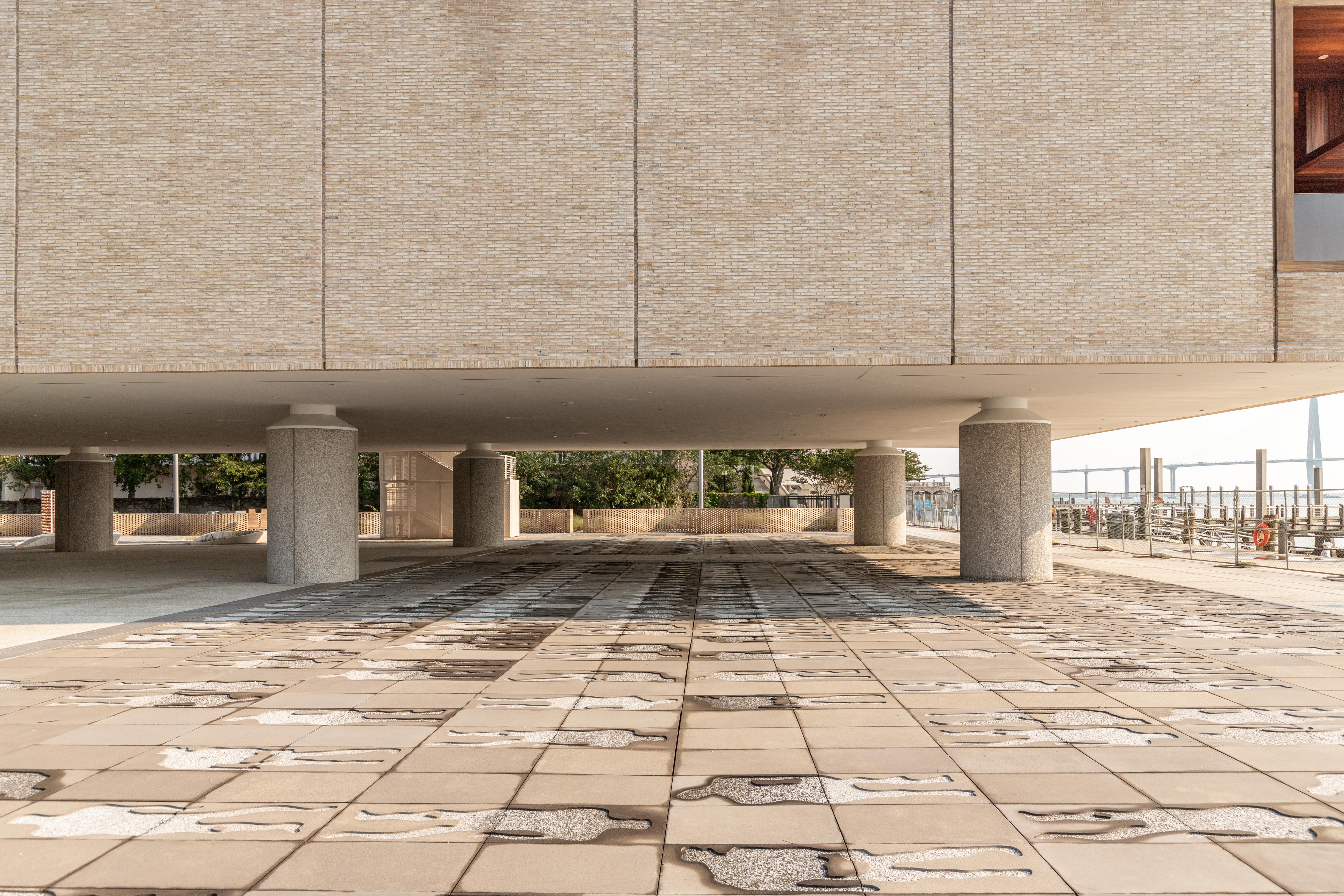
International African American Museum: honouring sacred ground
'As the place where thousands of Africans from diverse cultures first set foot in North America,' wrote lead designer the late Henry N Cobb at the project’s inception, commenting on the site, which was the port of arrival for nearly half of all enslaved Africans brought to North America, 'Gadsden’s Wharf is not just the right place to tell this story; it is hallowed ground. The special design challenge of the museum is to build on this site without occupying it.'
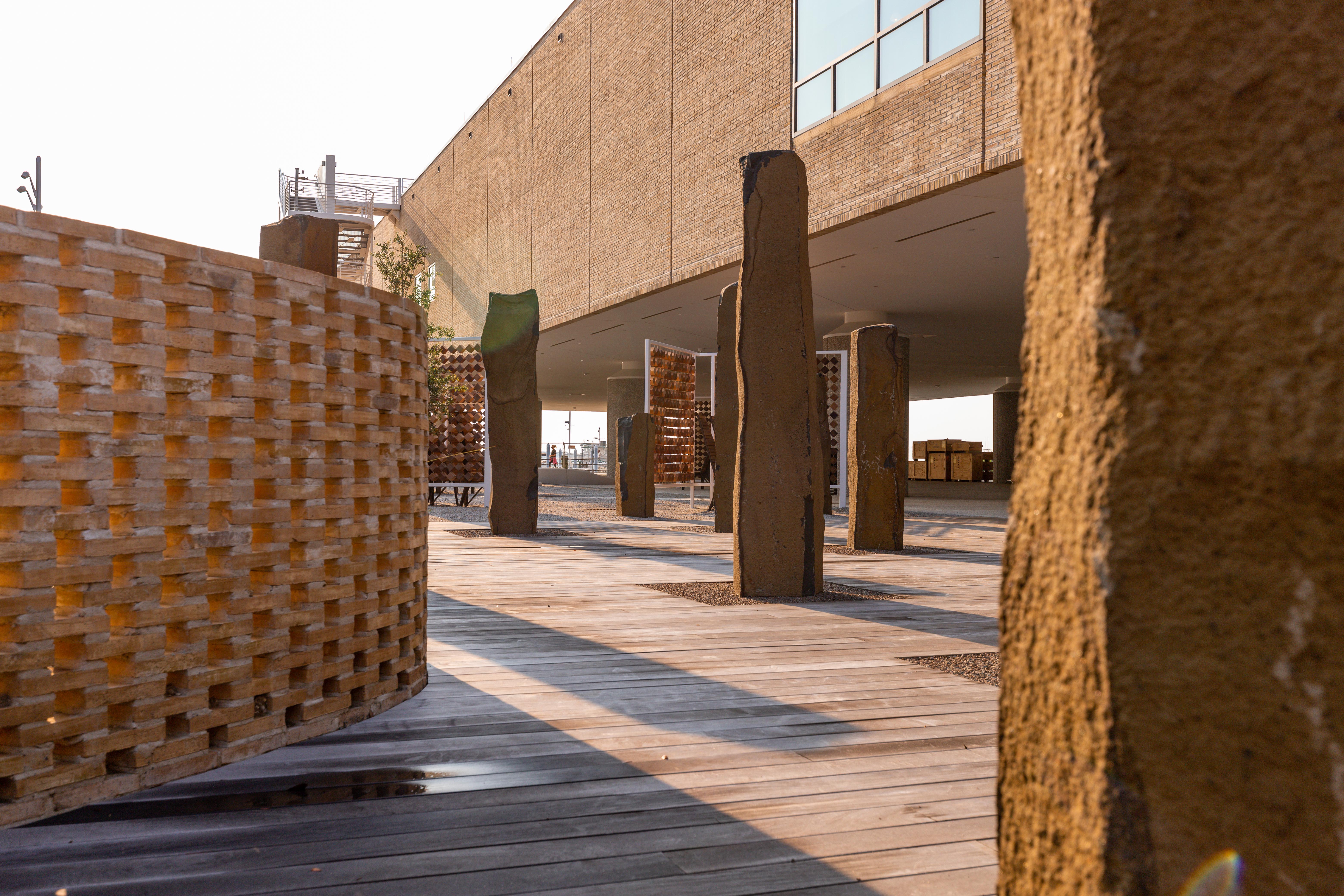
'The International African American Museum is more than a mark of architecture, it’s an extraordinary milestone,' said Curt Moody, founder of Moody Nolan. 'Having worked for the last 15 years to dream this into being, we are intimately aware of the cultural significance it has for American history. Without this building, this sacred site would have remained unknown and the stories of our ancestors untold. It’s an honour and a privilege to work on a project that has this kind of tenacity, and we recognise that the opportunity to leave an impression on people around the world, for generations to come, is a rare gift.'
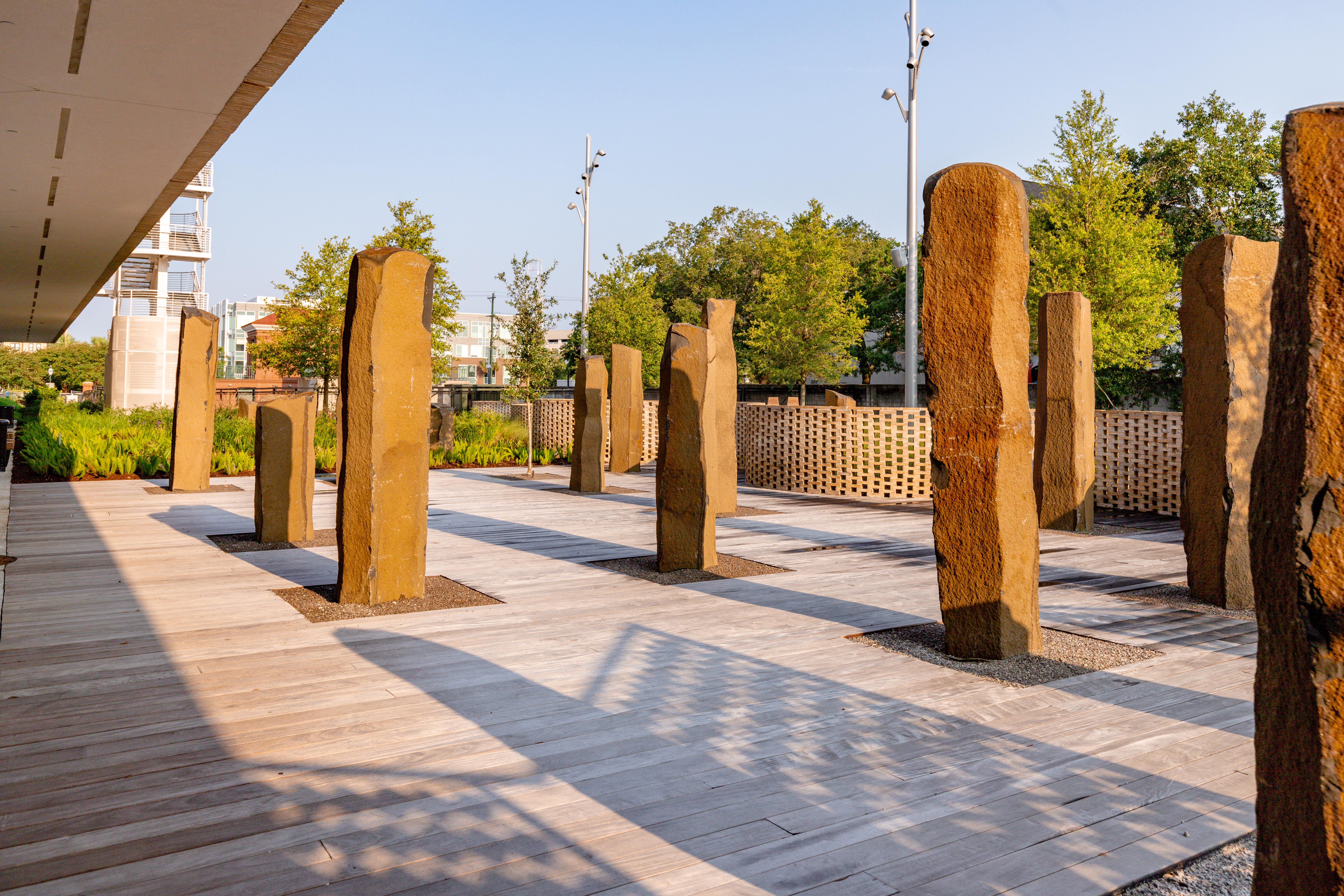
The IAAM design lifts its imposing, expansive 426ft-long, 84ft-wide, single-storey main volume 13ft above ground, standing on 18 cylindrical pillars. Underneath and around it, public spaces of all kinds unfold, from open, flexible terraces to green enclosures and sculpture gardens. The openness represents 'the heart of the site’s collective memory', its authors explain. Amid this context, the African Ancestors Memorial Garden by Hood Design Studio invites reflection and remembrance.
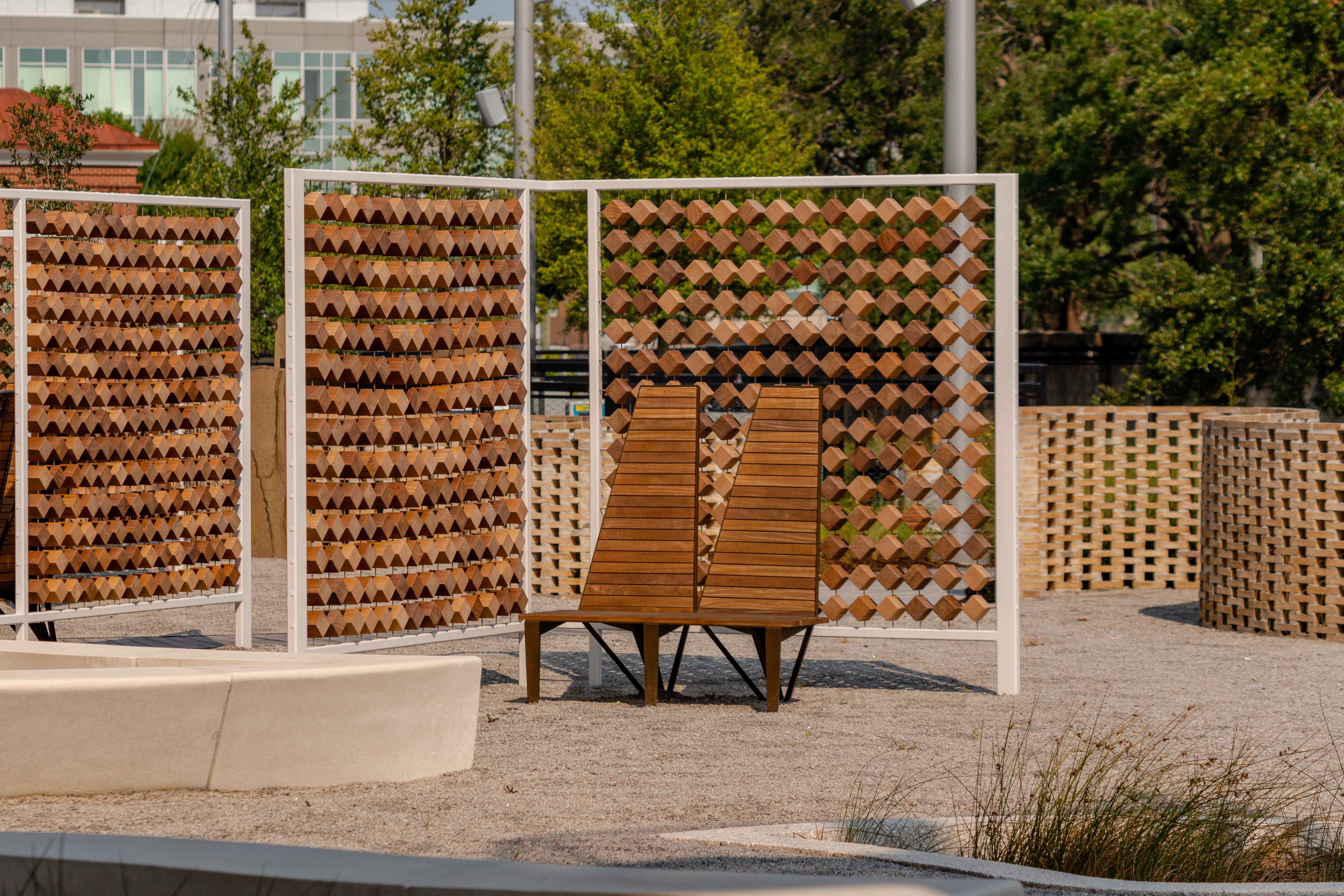
'The Ancestors Garden – the site where many enslaved Africans first touched North America – is a series of spaces and exhibits that establishes this site as an authentic place of arrival, a place for becoming. The ground beneath the museum is the artifact of the site. As a rich tapestry of water, tabby [a lime and seashell-based material], grasses, wood, and stone, the hallowed ground and landscape spaces offer contemplation, celebration, and fraught memories,' says practice creative director Walter Hood.
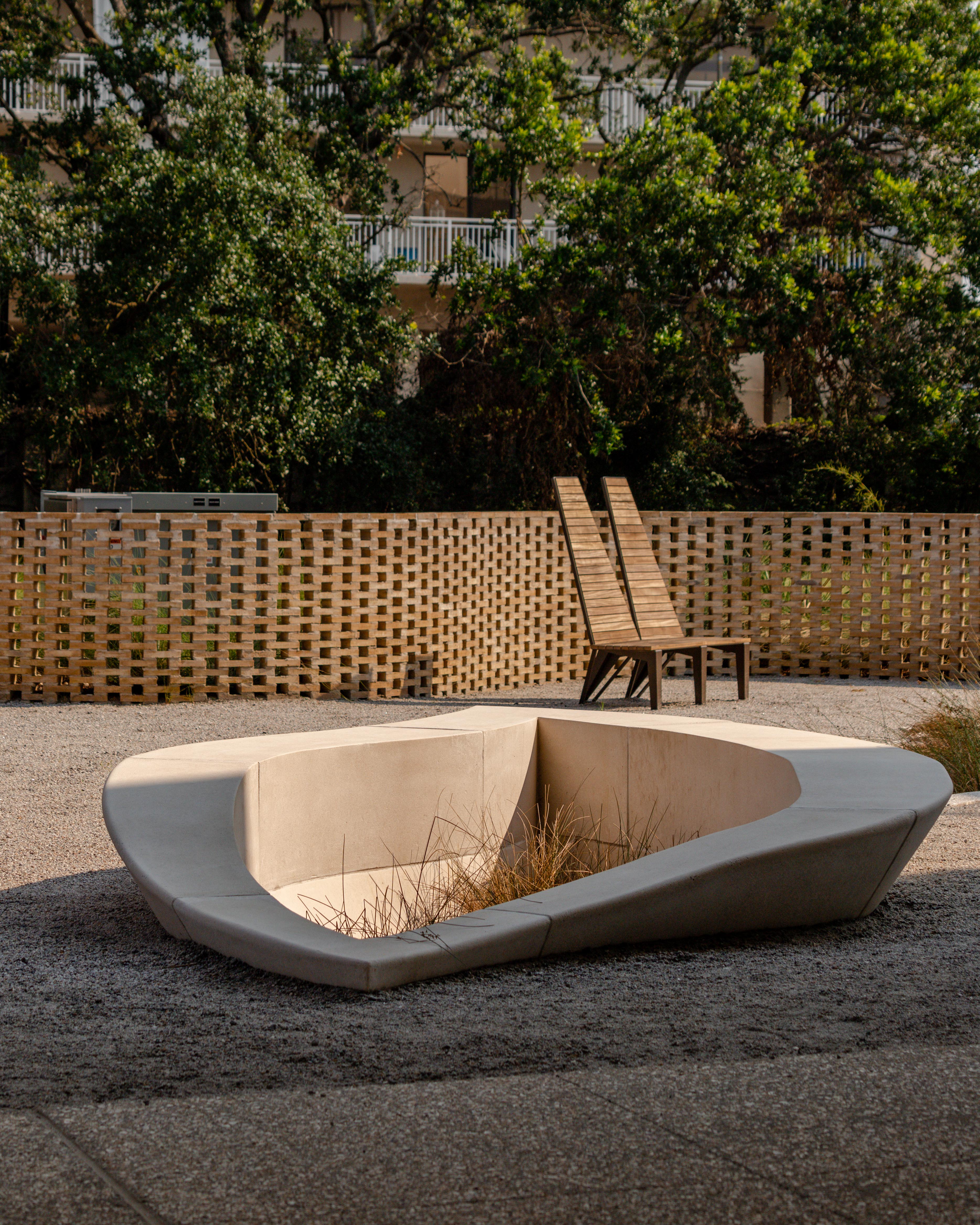
Following a grand launch on 24 June 2023, the International African American Museum will officially open to the public on 27 June.
